When navigating the expansive highways and intricate logistics networks, the functionality of a semi-trailer’s braking system is paramount. At CarMax Vehicle, we recognize the critical role that the Anti-lock Braking System (ABS) plays in ensuring both safety and efficiency. This guide delves deep into the nuances of the ABS light on semi-trailers, providing you with the knowledge to diagnose, troubleshoot, and address common issues effectively.
Table of Contents
- What is ABS and Its Importance in Semi-Trailers
- Common Causes for the ABS Light Activation
- Diagnosing ABS Light Issues: Step-by-Step
- Troubleshooting ABS Light Problems
- Maintenance Tips to Prevent ABS Light Failures
- Benefits of Choosing CarMax Trailer with Advanced ABS
- Frequently Asked Questions
What is ABS and Its Importance in Semi-Trailers
The Anti-lock Braking System (ABS) is a critical safety feature designed to prevent wheel lock-up during braking, thereby maintaining traction with the road surface. In semi-trailers, ABS enhances vehicle control and decreases stopping distances on slippery or uneven terrains. For fleets operating under tight schedules and heavy loads, ABS ensures that braking is both reliable and predictable, mitigating the risk of accidents and improving overall operational efficiency.

Key Components of ABS in Semi-Trailers
- Wheel Speed Sensors: Monitor the rotational speed of each wheel.
- Electronic Control Unit (ECU): Processes sensor data to regulate brake pressure.
- Hydraulic Control Unit: Modulates brake pressure based on ECU commands.
- ABS Pump and Valves: Ensure proper hydraulic pressure during braking events.
Understanding these components is crucial for diagnosing ABS light issues effectively.
Common Causes for the ABS Light Activation
The activation of the ABS light on a semi-trailer dashboard signals a malfunction within the ABS system. Several factors can trigger this warning, including:
1. Faulty Wheel Speed Sensors
Wheel speed sensors detect the rotation speed of each wheel, feeding data to the ECU. Dirt, debris, or mechanical failure can impair sensor functionality, leading to inaccurate readings and ABS light activation.
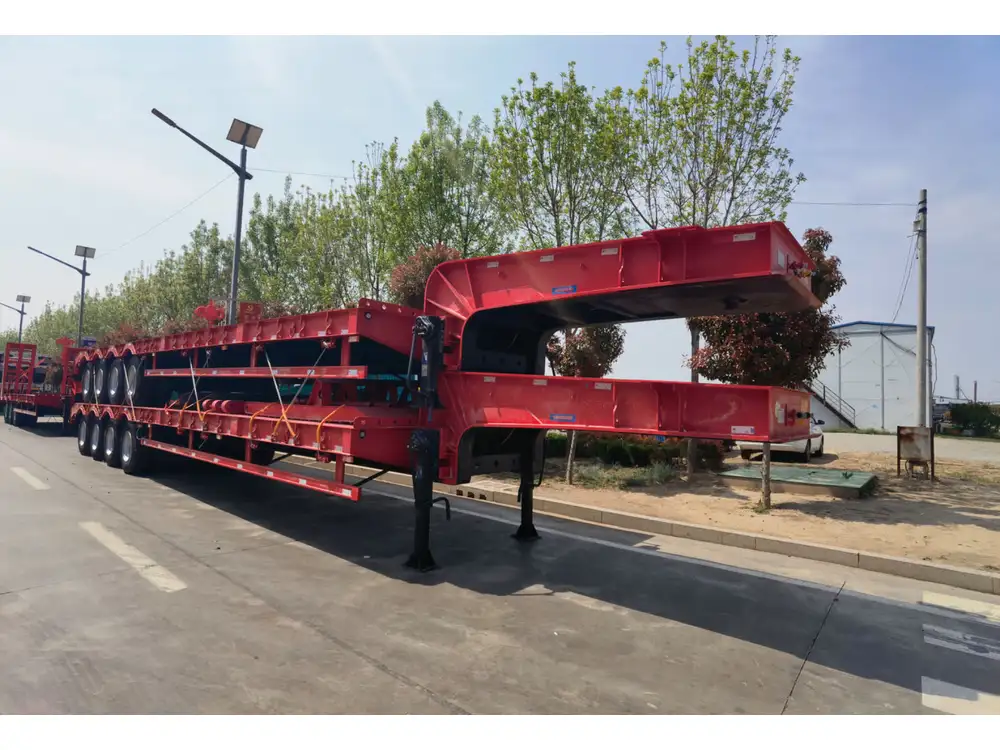
2. Damaged Wiring or Connectors
Electrical issues such as corroded connectors or damaged wiring can disrupt the communication between the sensors and the ECU, causing the ABS system to malfunction.
3. Low Brake Fluid Levels
Insufficient brake fluid can hinder the hydraulic system’s ability to modulate brake pressure, affecting ABS performance and triggering the ABS light.
4. Blown Fuses
Fuses protect the ABS components from electrical surges. A blown fuse can disrupt the entire ABS system, resulting in the activation of the ABS warning light.

5. Faulty ABS Control Module
The ECU or control module interprets sensor data to manage braking pressure. A malfunctioning module can lead to incorrect brake adjustments, causing the ABS light to illuminate.
Diagnosing ABS Light Issues: Step-by-Step
Proper diagnosis is essential for addressing ABS light problems effectively. Follow these steps to identify the root cause:
Step 1: Visual Inspection
- Check Wheel Speed Sensors: Inspect each sensor for signs of dirt, debris, or physical damage.
- Examine Wiring and Connectors: Look for frayed wires, corrosion, or loose connections.
- Inspect Brake Fluid Level: Ensure brake fluid is at the recommended level.

Step 2: Scan for Diagnostic Trouble Codes (DTCs)
Using a diagnostic scanner, retrieve any stored DTCs related to the ABS system. These codes provide valuable insights into specific issues affecting the ABS functionality.
Step 3: Test Wheel Speed Sensors
- Resistance Test: Measure the resistance of each sensor using a multimeter to ensure they are within manufacturer specifications.
- Signal Output Test: Verify that sensors are transmitting accurate signals to the ECU.
Step 4: Inspect the ABS Control Module
- Electrical Connections: Ensure all connections to the control module are secure and free from corrosion.
- Module Functionality: If tests indicate module failure, consider replacing or reprogramming the ECU.
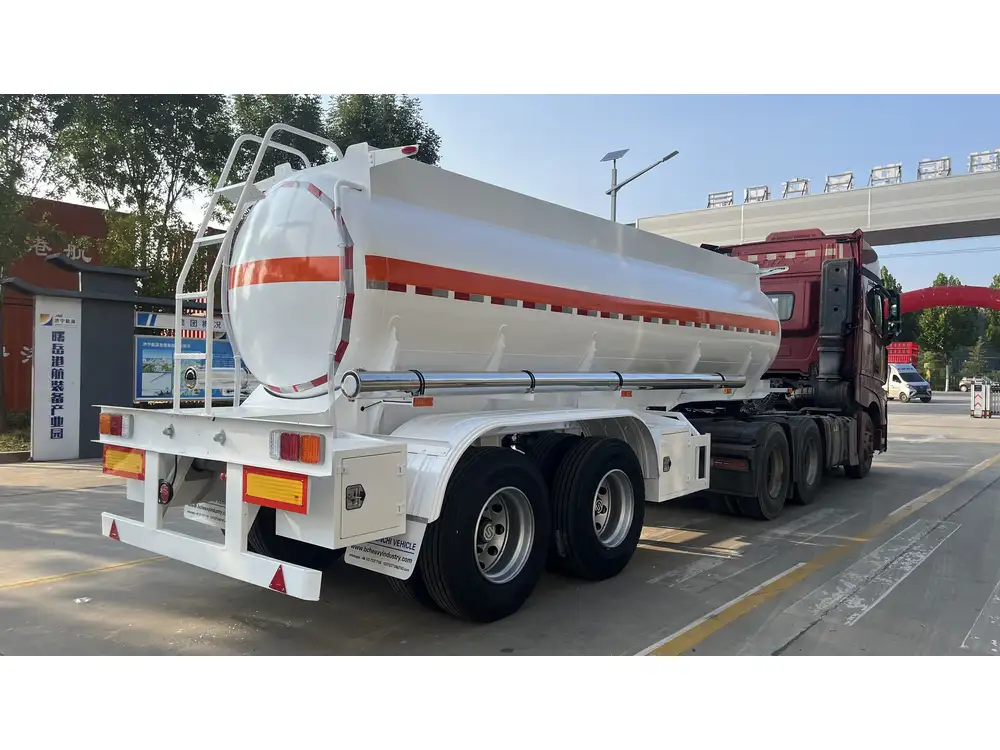
Step 5: Evaluate Brake Fluid and Hydraulic Components
- Brake Fluid Quality: Check for contamination or degradation of brake fluid.
- Hydraulic Integrity: Assess the condition of the ABS pump and valves for any signs of wear or leaks.
Troubleshooting ABS Light Problems
Once the underlying issue is identified, apply targeted troubleshooting techniques to restore ABS functionality.
Addressing Faulty Wheel Speed Sensors
- Clean Sensors and Wiring: Remove any dirt or debris obstructing sensor operation.
- Replace Damaged Sensors: Install new sensors if cleaning does not resolve the issue.
- Repair Wiring: Fix any damaged wiring or connectors to ensure proper signal transmission.

Resolving Electrical Issues
- Replace Blown Fuses: Identify and replace any blown fuses within the ABS circuit.
- Repair Wiring Harnesses: Fix or replace damaged wiring to restore electrical continuity.
Correcting Brake Fluid Levels
- Top-Up Brake Fluid: Add brake fluid to reach the recommended level.
- Bleed the Brake System: Remove any air bubbles that may have entered the brake lines.
Repairing the ABS Control Module
- Reprogram the ECU: Use specialized software to reset and reprogram the control module.
- Replace the Control Module: If reprogramming fails, consider replacing the faulty ECU with a new or refurbished unit.

Maintenance Tips to Prevent ABS Light Failures
Preventive maintenance is key to ensuring the longevity and reliability of your semi-trailer’s ABS system. Implement the following practices to minimize the risk of ABS light activation:
Regular Inspections
- Wheel Speed Sensors: Clean and inspect sensors routinely to prevent dirt accumulation.
- Wiring and Connectors: Check for signs of wear or corrosion and address issues promptly.
- Brake Fluid Levels: Monitor and maintain appropriate brake fluid levels.
Scheduled Brake System Maintenance
- Brake Pad Replacement: Replace brake pads before excessive wear to ensure optimal braking performance.
- Fluid Replacement: Change brake fluid at intervals recommended by the manufacturer to prevent contamination and degradation.
- Hydraulic System Checks: Inspect ABS pumps and valves for functionality and leaks during regular maintenance schedules.
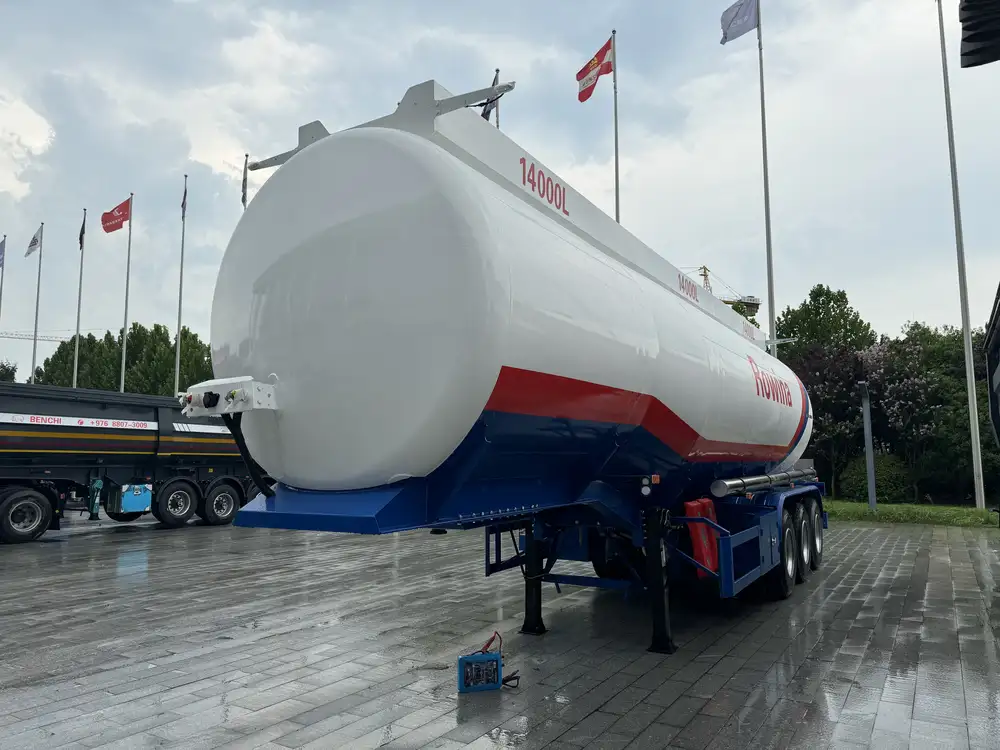
Use Quality Components
- ABS Sensors and Modules: Utilize high-quality, OEM-compatible components to ensure reliable ABS performance.
- Brake Fluids: Opt for brake fluids that meet or exceed manufacturer specifications for viscosity and boiling points.
Driver Training
- Safe Braking Practices: Educate drivers on proper braking techniques to minimize stress on the ABS system.
- Early Detection: Encourage drivers to report any dashboard warning lights immediately for prompt resolution.
Benefits of Choosing CarMax Trailer with Advanced ABS
At CarMax Trailer, we integrate cutting-edge ABS technology into our semi-trailers, providing unmatched safety and performance benefits:

Enhanced Safety
Our advanced ABS systems prevent wheel lock-up, ensuring stable and controlled braking even in adverse conditions, reducing the likelihood of accidents.
Improved Efficiency
Reliable braking performance minimizes wear and tear on brake components, lowering maintenance costs and extending the lifespan of your trailer’s braking system.
Superior Control
With precise brake modulation, our trailers offer superior handling and maneuverability, especially when navigating tight corners or uneven terrains.
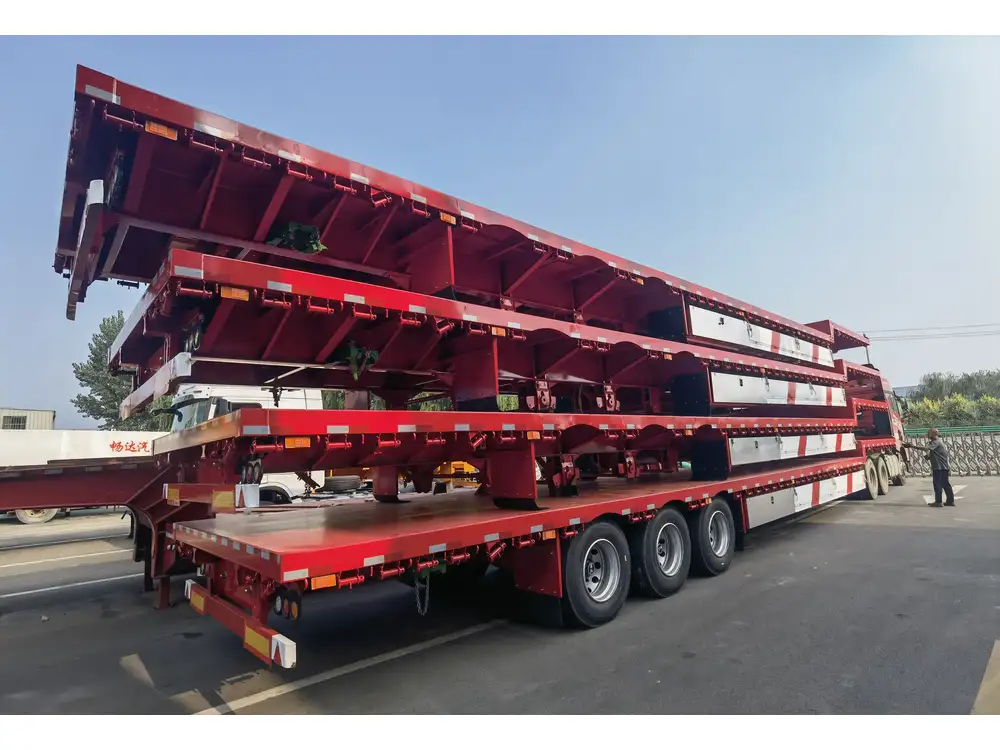
Real-Time Monitoring
CarMax Trailer’s ABS systems feature real-time monitoring and diagnostic capabilities, enabling proactive maintenance and swift issue resolution to minimize downtime.
Customizable Solutions
We offer tailored ABS configurations to meet the specific needs of various hauling applications, ensuring optimal performance across diverse operational environments.
Frequently Asked Questions

1. What should I do if the ABS light on my semi-trailer stays on?
If the ABS light remains illuminated, it indicates a persistent issue within the ABS system. Immediately perform a diagnostic scan to retrieve DTCs, and address the identified problem, whether it involves cleaning sensors, repairing wiring, or replacing faulty components. Continuing to operate with the ABS light on can compromise braking performance and safety.
2. Can I still drive my semi-trailer if the ABS light is on?
While your trailer may still be operable, driving with the ABS light on means the anti-lock braking system is not functioning correctly. This can increase stopping distances and reduce vehicle control, especially in slippery conditions. It is advisable to address the issue promptly to ensure safety.
3. How often should I inspect the ABS components on my semi-trailer?
Regular inspections should be part of your routine maintenance schedule. We recommend inspecting ABS components, including wheel speed sensors and wiring, at least twice a year or before long-haul trips to ensure optimal performance and prevent unexpected failures.
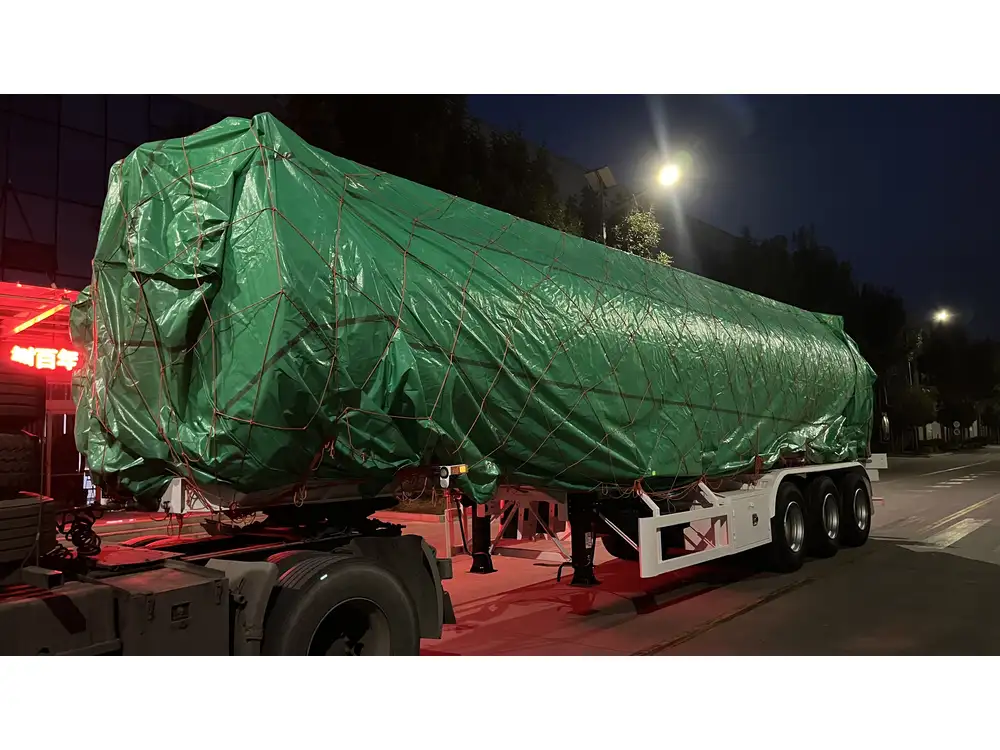
4. What are the signs of a failing ABS sensor?
Signs of a failing ABS sensor include intermittent ABS light activation, erratic wheel speed readings, unusual noises during braking, and inconsistent braking performance. If you notice any of these symptoms, have the sensor inspected and replaced if necessary.
5. How does the ABS system in CarMax Trailers differ from other manufacturers?
CarMax Trailers employ state-of-the-art ABS technology with enhanced real-time monitoring and diagnostic features. Our systems are designed for durability and reliability, incorporating high-quality components and customizable configurations to meet specific operational requirements, setting us apart from other manufacturers.
By understanding the intricacies of the ABS system and addressing issues proactively, you can ensure the safety and efficiency of your semi-trailer operations. CarMax Vehicle is dedicated to providing top-tier semi-trailers equipped with advanced ABS technology, ensuring that your fleet remains dependable and secure on every journey.



